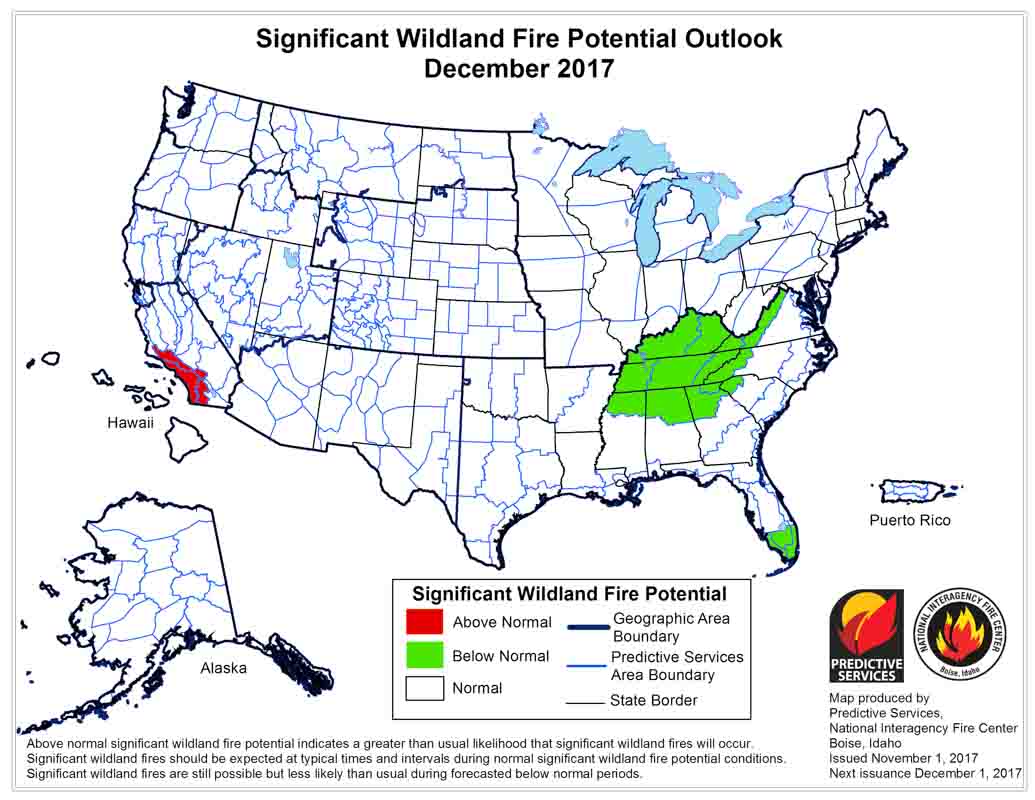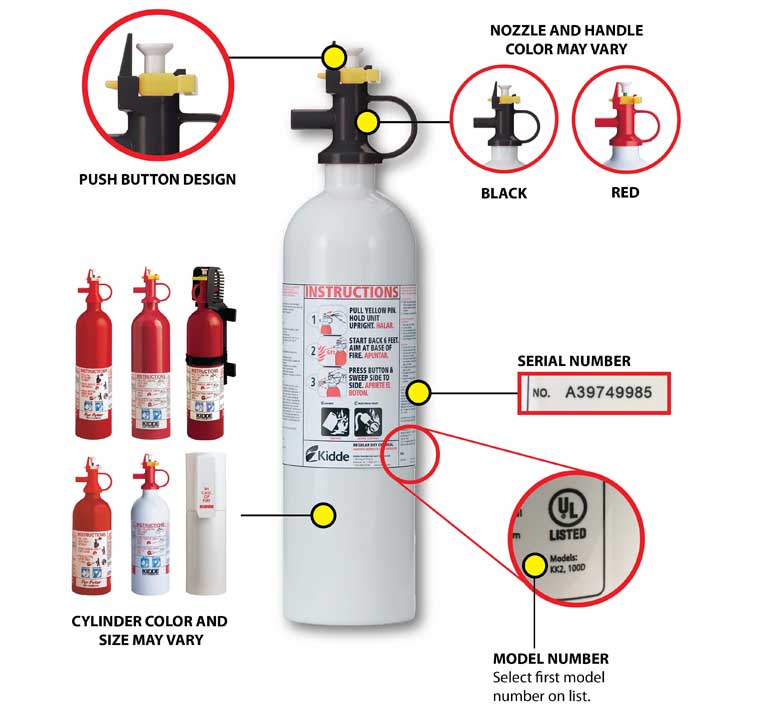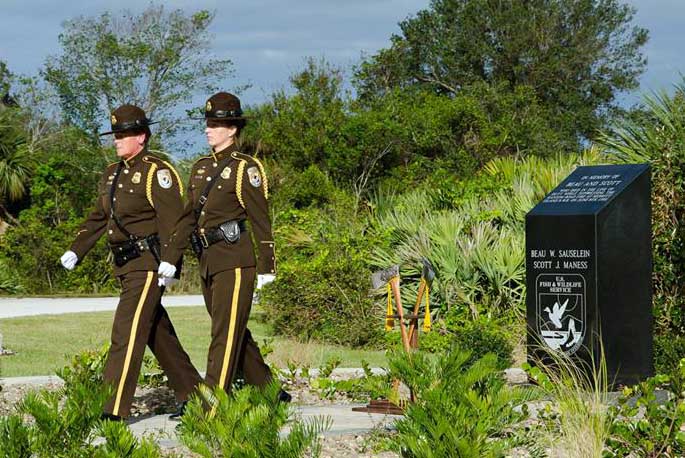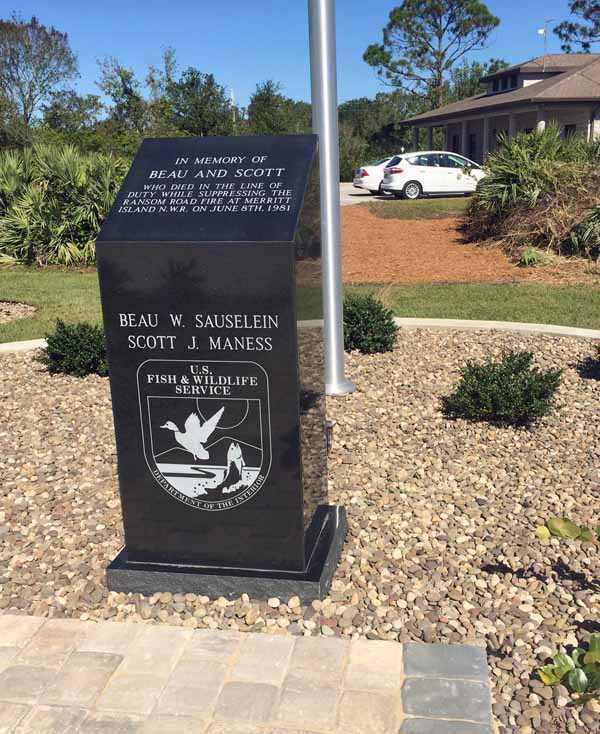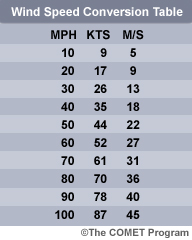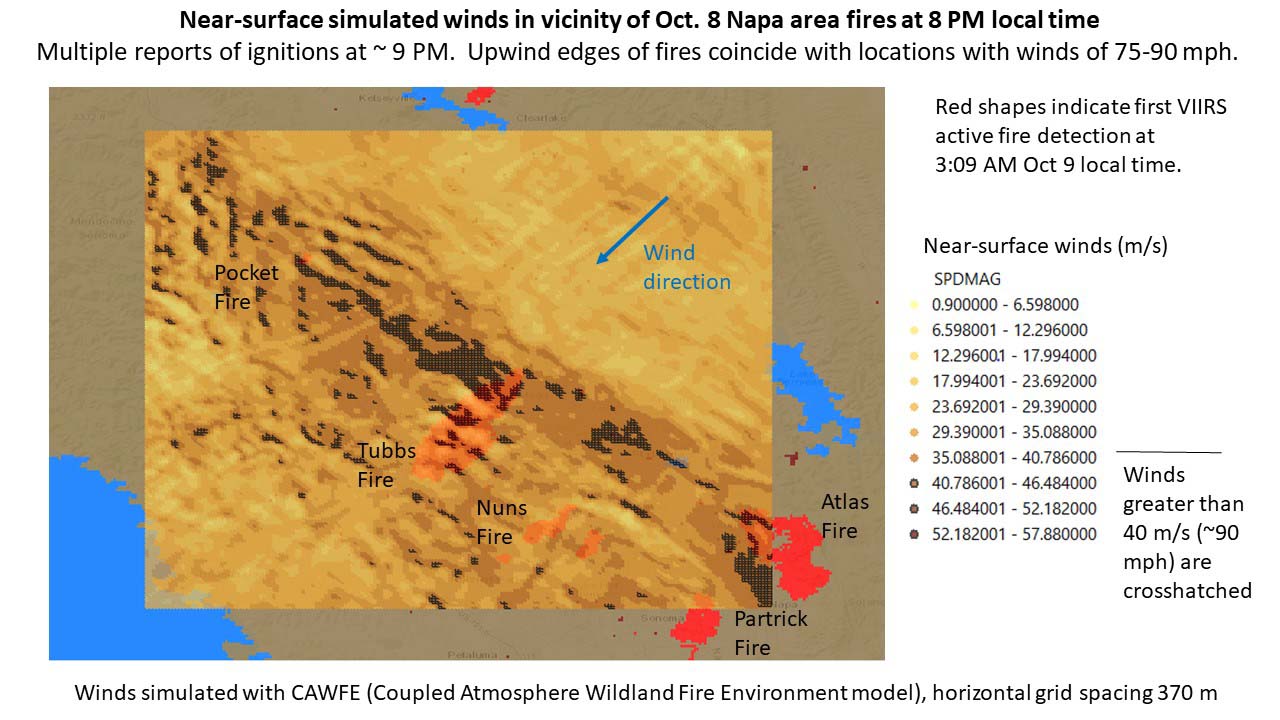On November 1 the Predictive Services section at the National Interagency Fire Center issued their Wildland Fire Potential Outlook for November through February. The data represents the cumulative forecasts of the ten Geographic Area Predictive Services Units and the National Predictive Services Unit.
If the prediction is accurate, Southern California should see higher than normal wildfire activity well into next year.
Below are:
- The highlights of the NIFC report;
- NIFC’s graphical outlooks;
- NOAA’s long range temperature and precipitation forecasts; and
- Drought Monitor.
“Warm and dry conditions continued across California and the Southwest in October. Several easterly, multi-day wind events coupled with high heat and very low humidity values contributed to significant bursts of fire activity California mid-month. A passing front at the end of the third week of the month brought much needed moisture to the dry fuels across the northern half of the state. The southern half of the Great Basin also saw an increase in grass fire activity during the month due to the warm, dry, and occasionally breezy conditions.
“Looking elsewhere, most of the rest of the nation exited the core fire season though occasional activity was observed along the Rocky Mountain Front in Montana and Wyoming. The autumn fire season in the Southeast was much quieter than the previous year due to the passage of several wet cold fronts that brought timely and occasionally abundant moisture.
“Temperatures across the East, Southwest, and California were generally above average for the month with some locations along both the East and West Coasts reaching as much as fifteen degrees above average at points. The Pacific Northwest, Northern Rockies, northern Great Basin, and central Rockies generally experienced cooler-than-average conditions though a warming trend developed near month’s end. Alaska was generally colder and wetter than average.
“Precipitation departures from average showed significant dryness across the southwestern quarter of the nation and across much of Texas. Significantly wet conditions were observed across the Northwestern quarter of the country as several very wet systems impacted the region during the middle to latter half of the month. Another wet signal for the month was observed across the Great Lakes Region and the Ohio and Tennessee River Valleys.
“Latest forecast data suggests that California will remain the focus of periodic bursts in fire activity through November and possibly into December. Portions of the Deep South may also exhibit increased activity in between precipitation events as well. By February, the focus will shift to the southern Great Plains as the antecedent dry conditions begin to take its toll.”
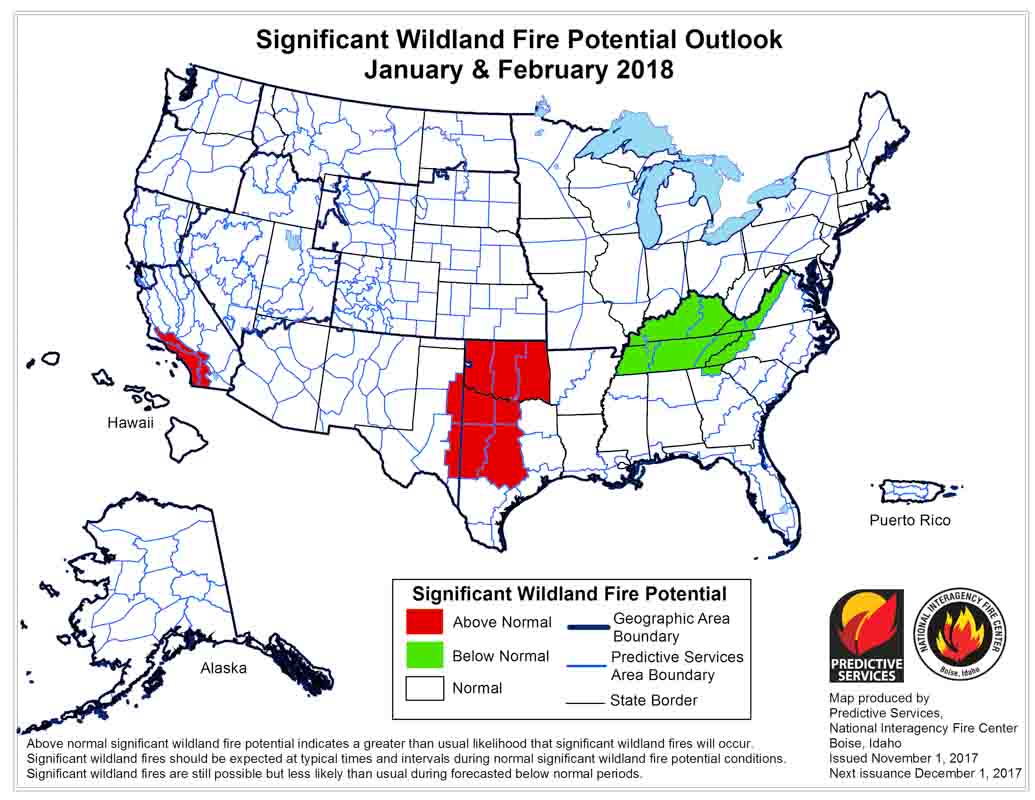 Continue reading “Wildfire potential, November through February”
Continue reading “Wildfire potential, November through February”


